Can a Torque Converter Lock Up an Engine
If y'all are into cars, you take probably heard about the torque converter before and the issues associated with information technology.
Torque converters can be institute in most all cars with automatic manual. This is probably one of the reasons why you have heard of then many failed torque converters.
In this article, you lot will notice all information yous demand about the torque converter. You lot will find data almost how it works, the near mutual symptoms, bug, location, and how to test the torque converter. Y'all will also find the replacement cost. Offset, let'southward accept a look at the signs to look for.
The most common symptom of a bad torque converter is a slipping manual during acceleration. Y'all may also notice issues like a rough idle, rough acceleration, and noises from the transmission. Sometimes, your car won't even move when the converter is bad.
While these are not all the possible signs, it's the most common ones. Here is a more than detailed listing of the well-nigh common symptoms of a bad torque converter.
Bad Torque Converter Symptoms
1. Transmission Slipping
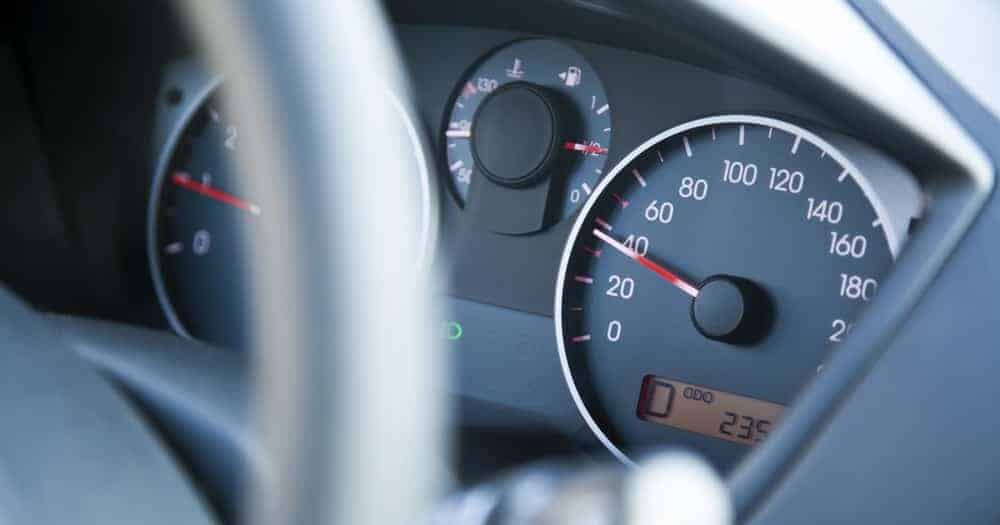
A widespread symptom of a defective torque converter is that the transmission slips when accelerating.
You tin can feel this when the engine revs up when in gear, but the auto does non accelerate. Often you need to have a expert feel for your machine to notice a slipping transmission.
The torque converter needs to build upwards pressure level inside of it to move your machine forward, and if information technology doesn't, it may slip when accelerating.
2. Rough Idling

Crude idling is another common symptom of a bad torque converter. If you feel that your idle is a chip jumpy and sometimes too low and sometimes too loftier, it could be a torque converter problem.
If the torque converter is faulty, it might create unexpected pressures inside the torque converter, which can cause rough idling.
3. Rough Acceleration
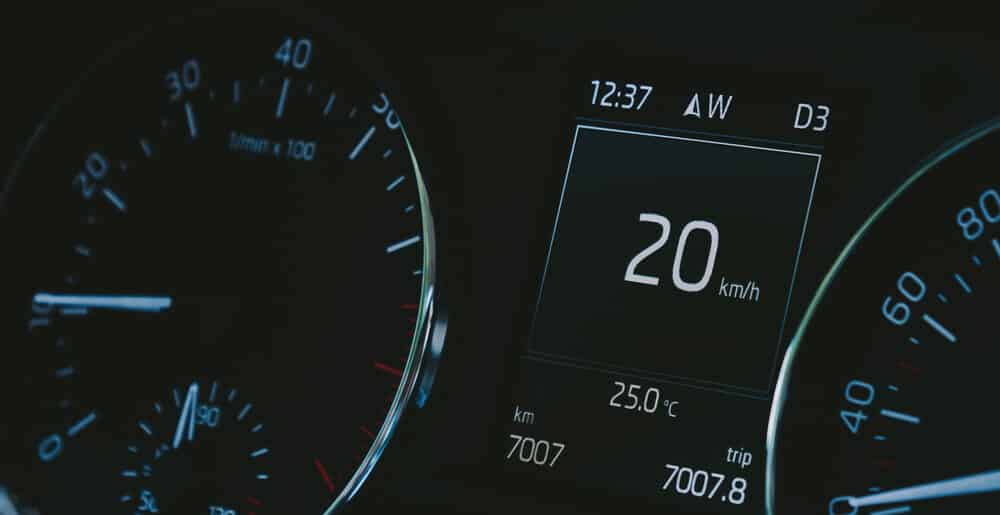
Rough dispatch is also a known symptom when it comes to defective torque converters. Different force per unit area peaks can crusade this in the torque converter and the fact that the torque converter slips, as already mentioned.
If you experience that you lot are experiencing rough acceleration, cheque your RPM meter to see if it jumps a little when accelerating. If this is the instance, a faulty torque converter is probably the cause.
4. Car won't motion in drive or reverse
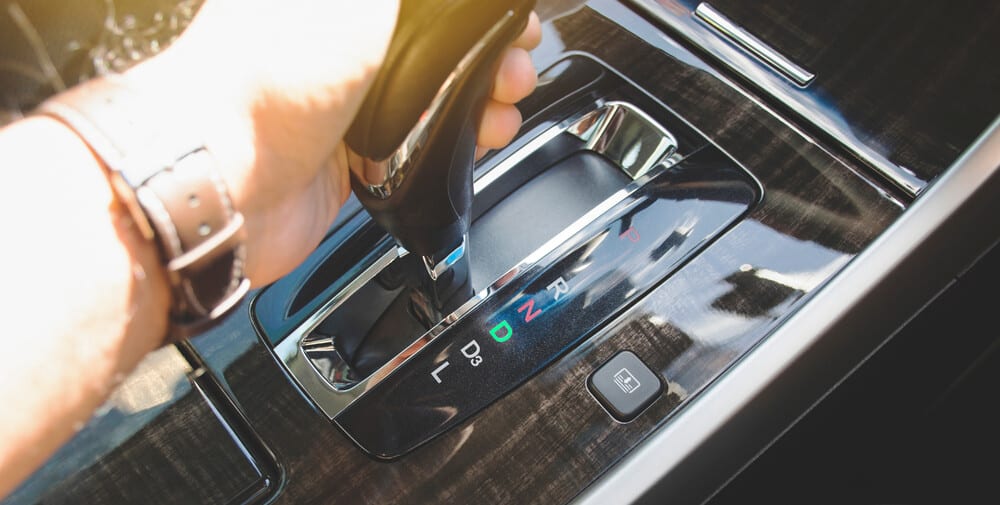
If your car does not movement at all in drive or reverse gear, a completely failed torque converter could be the cause.
Still, a car that does non move in gear can exist caused by many different things, and it should be properly diagnosed before replacing anything.
5. Transmission overheating

If the torque converter slips while driving, this tin can pb to unnecessary heating of the manual fluid, which at some indicate tin can even go so hot that it boils.
A slipping torque converter will wear out the transmission very quickly. In some cases, you may have temperature sensors that crusade the transmission control unit light on your dashboard to wink, which indicates that your torque converter is slipping and overheating the transmission.
six. Noises from the transmission

Check whether you lot tin experience or hear strange noises from the torque converter both when idling and accelerating. Listen in the middle of the car under the gear stick to run across if you tin hear knocking or other strange sounds.
If y'all hear any noises, lift the car and check if other things could exist causing the noises before replacing the torque converter.
Torque Converter Function
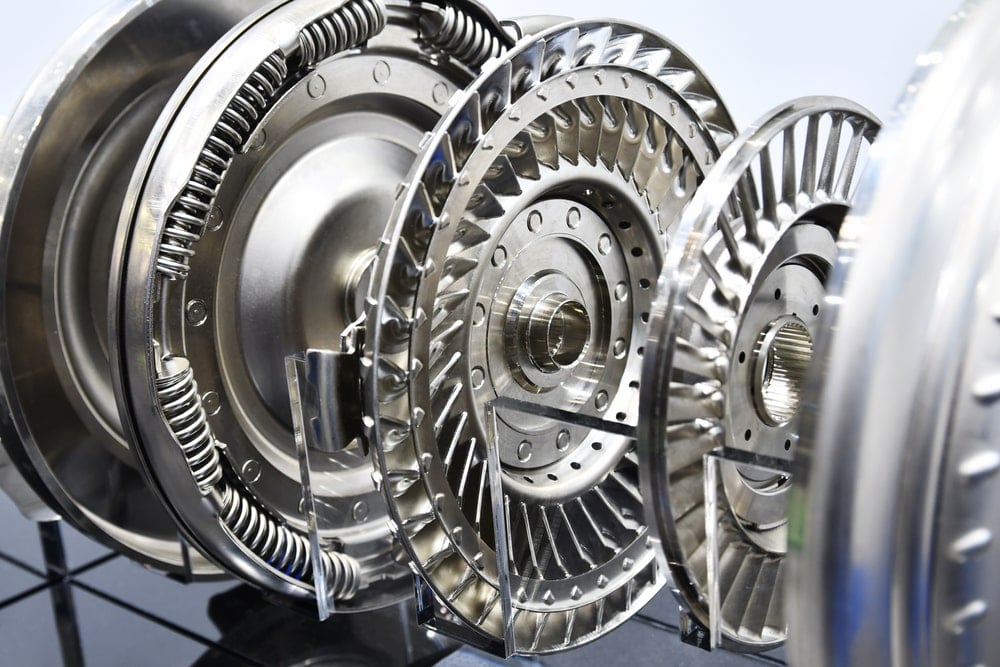
The torque converter is the unit that gently transmits ability from the engine to the transmission gears. In short, the torque converter is filled with manual fluid and has a "fan" or turbine-like unit of measurement inside. The more it rotates, the more pressure it creates inside the unit, and the more power is transferred from the engine to the transmission.
For example, if yous run 2 fans confronting each other and start one of the fans, the other fan will also begin to rotate, but non direct at the speed the other fan has. This is precisely how a torque converter works.
As yous can probably effigy out, this gives you a very smooth ability transmission between the engine and the wheels.
four Mutual Torque Converter Problems
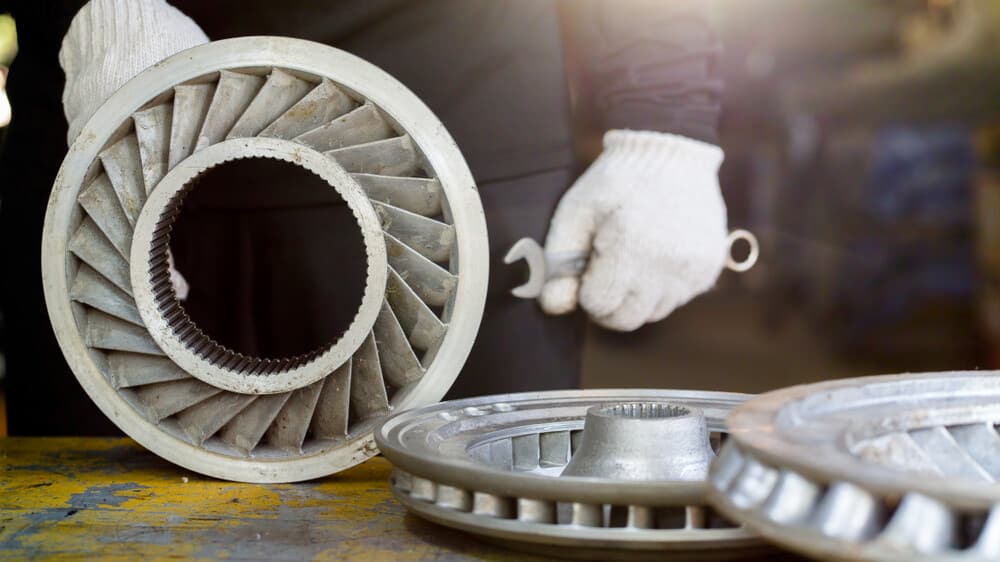
When it comes to torque converters, some common problems tin can be encountered. In general, the torque converter is not a very advanced part of older vehicles, and there are not many parts that could fail.
Sometimes you tin find cheap full replacements for torque converters, in which instance it is ofttimes non worth taking it apart and replacing different parts; rather, information technology'due south cheaper and quicker to replace the whole affair.
1. Bad Torque Converter Bearings
A widespread problem is that the bearings in the torque converters are worn. This does not cause slippage or other transmission issues but can crusade bearing noises from the transmission.
If you hear begetting noises from the transmission, check the transmission fluid, and see if y'all can see metal parts within the transmission fluid. If you find metal parts, they are probably from a lacking torque converter bearing.
ii. Damaged Torque Converter Seals
A faulty seal of the torque converter will crusade the manual fluid to leak out of the torque converter, and thus the pressure inside the converter will be lost.
Low force per unit area within the torque converter will crusade slippage, overheating, and other strange symptoms. This is actually one of the well-nigh common issues when information technology comes to a faulty torque converter.
3. Faulty Torque Converter Clutch Plate
In that location are several clutches in a torque converter. If the torque converter is locked in the drive or idling gear and does non release the manual, yous virtually probable have a trouble with the converter clutch.
A faulty torque converter clutch can also crusade other symptoms such as slipping and rough acceleration.
four. Faulty Torque Converter Clutch Solenoid
The torque converter clutch solenoid is a common part that fails inside the automatic transmission. The solenoid valve controls the fluid force per unit area of the hydraulic manual, which enters the lock-up clutch.
This can cause various symptoms, such as slipping, overheating, and crude dispatch.
How to Examination a Torque Converter

There are not many things you lot can do to test the torque converter without taking it apart. Simply there is a way to check the torque converter for signs of wearable.
Here is a method I normally use to check for problems with the torque converter.
ane. Start the engine and let it warm up
First, yous should first the engine and permit the manual oil warm up to around 40 degrees.
This can take a long time, and it is recommended to check the temperature of the transmission oil with a diagnostic scanner to make sure that the manual oil is warm.
When the transmission oil is warm, information technology is fourth dimension to movement on to the next pace.
2. Move shifter into gear
Now you tin can try to apply the drive gear and listen carefully if you tin hear any signs of noise from the torque converter.
The torque converter should motility the car forward with but a light touch on of the accelerator pedal. Shift betwixt the other gears (Bulldoze and Sport, if you have it) to see if you can hear whatever other sounds from information technology. If everything seems to be fine, you lot can go on to the next pace.
3. Examination drive
Now it's fourth dimension for you lot to drive the automobile at a higher speed. Proceed an centre on the tachometer and speedometer. If the car revs upward significantly without actually accelerating, the torque converter is slipping.
All older automatic transmissions slip a bit when accelerating, merely if yous have owned the automobile for a while, you probably know how much it should slip. If you are non sure, let a mechanic test drive your automobile and see if he hears any noise or can feel slipping.
Torque Converter Location

The torque converter is located between the engine and the automatic transmission.
To diagnose it correctly and comport out a visual inspection, yous must remove the vehicle'southward transmission and engine. Some older American cars have a encompass plate that y'all tin can remove to inspect the torque converter. Simply even with them, yous will not see much because the torque converter is a sealed unit.
I practice always recommend to remove the torque converter from the transmission to diagnose it properly.
Torque Converter Replacement Cost
The boilerplate torque converter replacement cost is between $300 and $2500, depending on the car model and labor costs. A new replacement torque converter costs betwixt $100 and $400. The labor cost to replace the torque converter is between $200 and $2000.
The manual does often have to be removed to supercede or inspect the torque converter for whatever problems.
To replace the torque converter, it will take between three-12 hours, depending on your skills and feel.
Source: https://mechanicbase.com/transmission/torque-converter-problems/
0 Response to "Can a Torque Converter Lock Up an Engine"
Enregistrer un commentaire